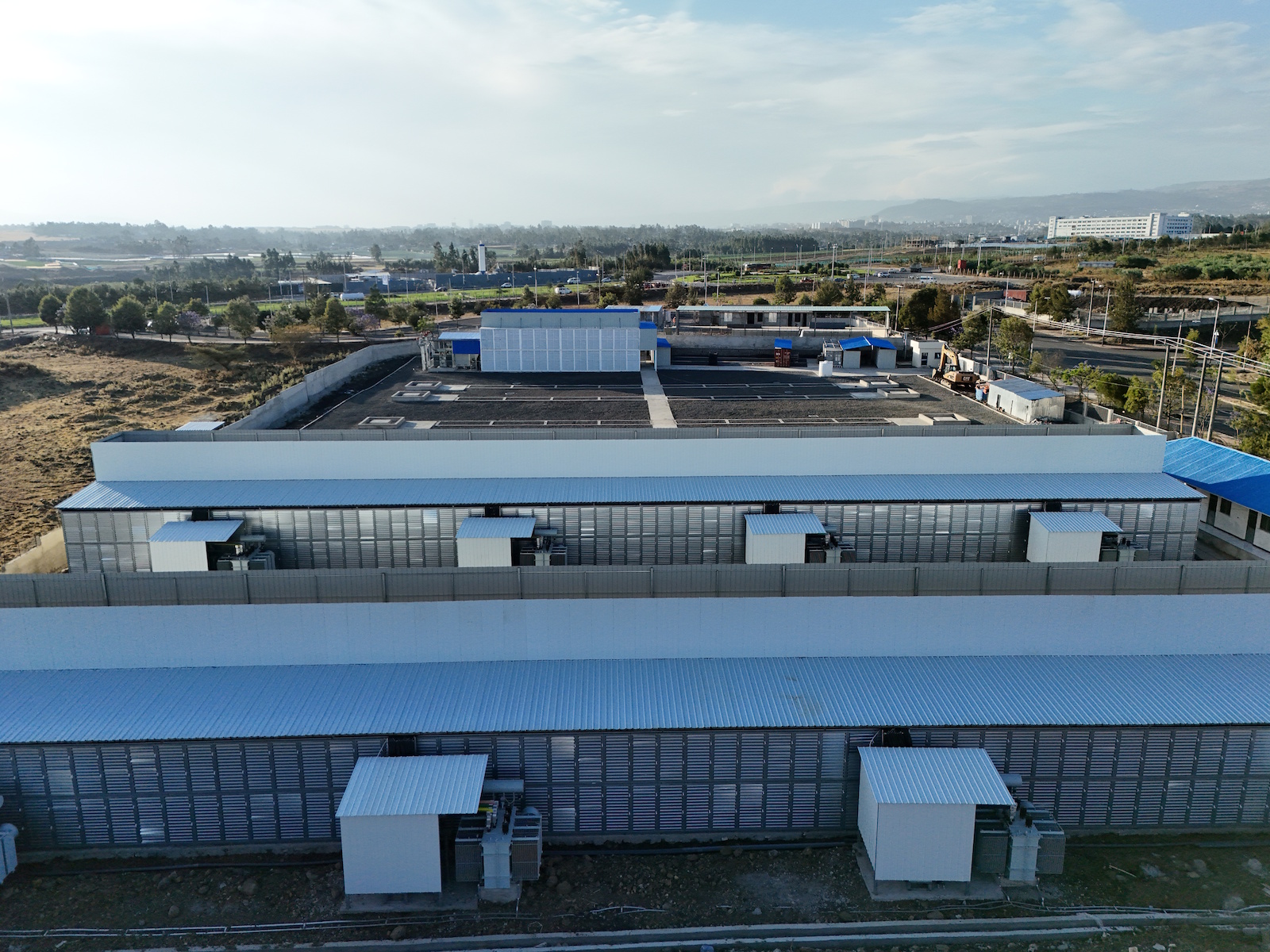
In the wake of the 2024 halving, Bitcoin mining is undergoing structural change. We at Uminers contributed expert commentary and market insights to Cointelegraph Research's report "Bitcoin Mining in 2025: Post-Halving Economics, Hardware Evolution and Global Shifts." This article outlines the key trends explored in the publication.
The 2024 Bitcoin halving brought a 50% reduction in block rewards, but the implications for the mining industry have been far from routine. As profitability tightened, miners began shifting strategies, infrastructure and geography to adapt to the new economics of the sector.
A reshaped profit model
Bitcoin mining entered 2025 with reduced rewards (3.125 BTC per block) and sharply rising operational complexity. Despite lower incentives, network activity has not slowed. The global hashrate reached 831 EH/s by May 2025 — a 60% increase from its 2024 low — indicating continued capital investment across the sector.
Yet, this expansion has taken place in a context of falling miner revenue. Hashprice, or the average daily return per unit of computing power, dropped from $0.12 in April 2024 to $0.049 by April 2025. With network difficulty reaching an all-time high of 123T, only operations with strict cost control and energy discipline remain viable.
The central role of energy
Electricity pricing has become the primary variable defining mining profitability. Across developed markets, especially the United States, average industrial power rates often exceed $0.10 per kWh placing operators under significant margin pressure.
In contrast, several jurisdictions have emerged as attractive destinations due to lower energy costs:
- In Oman, licensed mining firms access government-subsidized electricity at $0.05–$0.07 per kWh.
- In the UAE, semi-government initiatives offer rates as low as $0.035–$0.045 per kWh.
These differences have reoriented the global mining map. As energy arbitrage becomes more pronounced, countries offering price stability and regulatory support are attracting larger institutional players.
Hardware remains important but not decisive
Technological upgrades in mining equipment continue, and manufacturers are pushing for greater energy efficiency. New-generation hardware now consumes significantly fewer joules per terahash, contributing to improved operational leverage. However, hardware alone is no longer a guarantee of profitability.
The capital expenditure involved in upgrading fleets is substantial, and without access to low-cost power, returns remain under pressure. The result is an industry where capital allocation decisions increasingly resemble those in energy-intensive industrial sectors — less speculative, more risk-managed.
Institutional consolidation and sovereign alignment
Another major shift is the ongoing institutionalization of mining. Large operators are integrating vertically, managing energy procurement, cooling infrastructure and data operations under a unified strategy. Several state-linked initiatives in the Middle East demonstrate how Bitcoin mining is now intersecting with national energy policy and industrial diversification programs.
This alignment is particularly visible in the Gulf, where surplus generation capacity and long-term energy planning offer strategic advantages to sovereign-adjacent operations. The presence of regulatory clarity further enhances the region's appeal to capital-intensive ventures.
Outlook: tighter margins, broader considerations
Looking ahead, Bitcoin mining will continue to face structural pressures. ASIC efficiency improvements may continue, but the largest variables will be external: energy pricing, political stability, regulatory stance and cross-border capital flows.
The long-term viability of mining operations will increasingly depend on their ability to secure favorable conditions — both technologically and geopolitically. Nations with surplus power, a stable investment environment and a forward-looking digital asset policy will remain in focus.
In this context, the 2024 halving marked a transition toward a more disciplined, institutional and globally dispersed mining landscape. The one where energy, not speculation, defines the competitive edge.
To uncover what the future holds for Bitcoin's mining industry, download the full report.






















